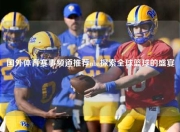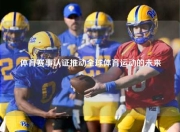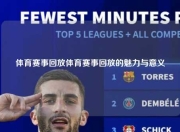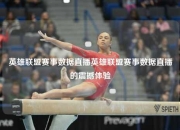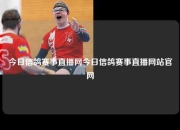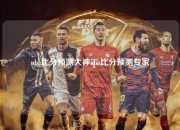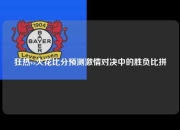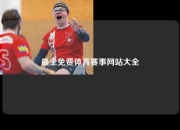Understanding the Basics of Sports Event Posters
In today's world, sports have become an integral part of people’s lives, whether it is through Olympic Games, FIFA World Cups, or local competitions. The posters for these events serve as powerful tools to promote and market them effectively. Writing about sports event posters not only helps you understand the design principles and production methods but also enhances your English language skills.
I. Understanding Sports Poster Elements
1、Theme Clarity
- When designing a poster, the first thing that needs to be clear is what the theme of the poster is. This could include the name of the event, the names of competitors, or winners.
- Example: For a football match promotion, "World Cup" should be prominently placed on the poster.
2、Color Combinations
- Colors play a crucial role in attracting viewers’ attention. Using contrasting colors can create visual impact; for example, using orange and yellow together creates a lively atmosphere.
- Example: In an NBA poster, choose vibrant orange and yellow tones with black text to make a strong visual effect.
3、Graphic Elements
- Graphics are effective ways to convey information and add appeal. Common graphic elements used include field maps, athlete logos, victory gestures, etc.
- Example: On the “European Athletics Championships” poster, use images of athletes running as the main graphic, paired with clear text explaining dates and locations.
4、Text Information
- Text must be concise and straightforward. Important information such as date, time, location, and participant lists need to stand out clearly.
- Example: In the “Asian Swimming Championships” poster, list the date (June 5th), location (Tokyo Aquatics Center), and major competition events (Sprint Events) briefly.
5、Layout Design
- Proper layout design makes the poster look neat and orderly. Common layouts include squares, rectangles, and trapezoids.
- Example: A poster for the “China Tennis Open” uses a square layout, placing photos of participating athletes at the center surrounded by simple text introductions.
II. Practical Tips
1、Respect Copyright Laws
- Ensure that any images, illustrations, or graphics used in the poster do not infringe on anyone else's copyright. Always source from appropriate places and get necessary permissions when using third-party content.
2、Adaptation for Different Media Platforms
- Each medium platform has its own requirements for posters. In social media, high-quality and eye-catching posters can bring more visibility; while traditional newspapers focus more on detailed content and depth.
3、Interactive Design
- With the advent of digital times, many posters now incorporate interactive features. QR codes linking to additional pages or virtual reality experiences allow users to participate more deeply.
4、Language Style
- Choose appropriate language styles based on different occasions and target audiences. Formal settings may require professional terminology and accuracy; conversely, entertainment-oriented settings can have some leeway for humor and creativity.
III. Case Study Analysis
Consider the Olympics held in Rio de Janeiro, Brazil, which integrated rich athletic icons and historical references, incorporating modern technology like AR to provide an immersive experience where participants can enter a virtual arena via their phones.
Sports event posters are much more than just vehicles to showcase event details; they are carriers of emotions and cultures, encouraging interest in sports and fostering cultural exchanges among diverse nations. This writing guide hopes to provide valuable reference points so you can handle these techniques skillfully in practice.
By following this outline and practical tips, you will be well-equipped to produce engaging and effective sports event posters both theoretically and practically. Enjoy crafting your next sports event poster!
版权声明
本文仅代表作者观点,不代表看个球立场。
本文系作者授权看个球发表,未经许可,不得转载。



